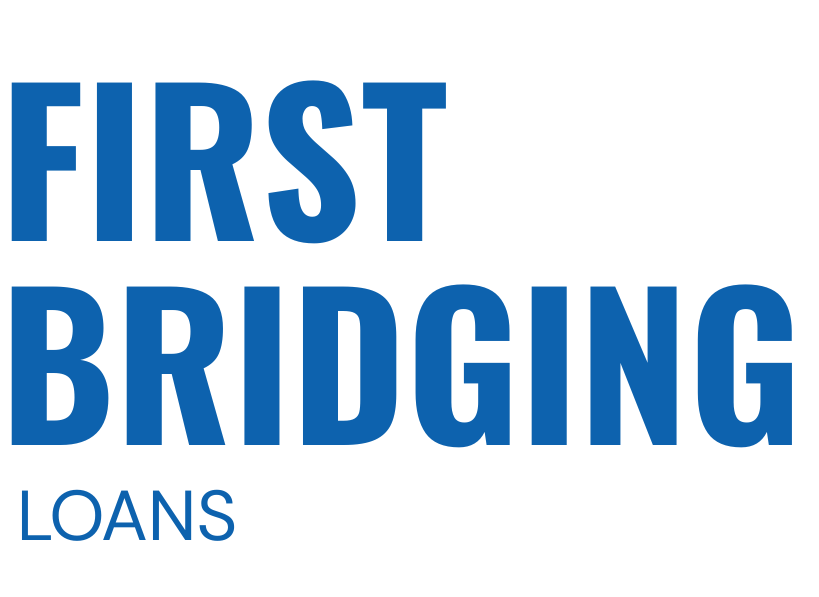Property finance can be complex, especially when timing is critical. While traditional mortgages are the go-to option for many, bridging loans offer an alternative route for those needing speed and flexibility. In this post, we’ll break down the differences between the two and help you determine which solution best fits your circumstances.
1. Speed of Funding
- Bridging Loan: Funds are typically released in days.
- Traditional Mortgage: Can take 6–8 weeks (or more) to process.
Bottom line: Bridging loans are ideal for time-sensitive situations such as auctions or chain breaks.
2. Purpose and Flexibility
- Bridging Loan: Used for auctions, refurbishments, land purchases, or to cover gaps in funding.
- Traditional Mortgage: Suitable for long-term residential or commercial property ownership.
Bottom line: If your plans include short-term ownership, refurbishment, or resale, a bridging loan is often the better fit.
3. Loan Term
- Bridging Loan: Short-term (usually 3–24 months).
- Traditional Mortgage: Long-term (up to 25–30 years).
4. Property Condition
- Bridging Loan: Can be used for uninhabitable or unmortgageable properties.
- Traditional Mortgage: Typically requires the property to be in good condition.
Conclusion
If you need quick access to funds, are purchasing a property at auction, or want to renovate before refinancing, bridging finance could be the ideal choice. On the other hand, for long-term homeownership or investment, traditional mortgages still offer value.
Speak to our team at First Bridging Loans to explore which financing route aligns with your goals.

